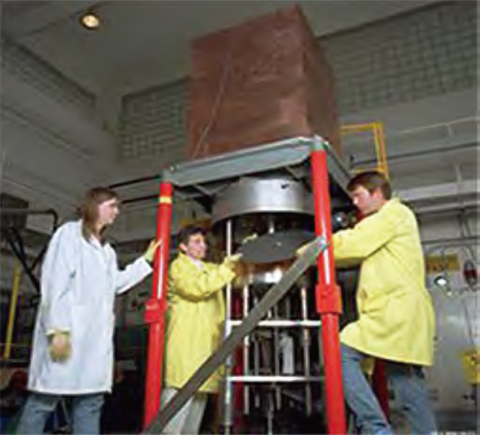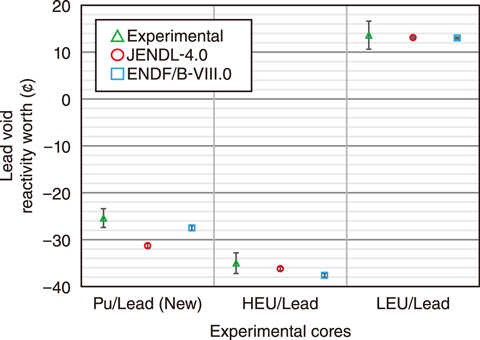
Fig.4-15 Critical Assembly ‘COMET’, in the United States

Fig.4-16 Comparison of experimental and calculated reactivity worth
A fast-neutron system dedicated to transmutation (i.e., an accelerator-driven system: ADS) has been investigated to reduce the environmental burden of high-level radioactive waste (HLW). An ADS is capable of converting partitioned long-lived nuclides with strong radiotoxicity into stable or short-lived nuclides by fission reactions with neutrons. The top candidate for a coolant used in the ADS is lead bismuth, which is chemically stable and highly safe. However, Japan nuclear facilities do not have experience with the use of lead bismuth as a nuclear reactor coolant, and the characteristics of the nuclear reaction (i.e., the probability of reaction, or nuclear cross-section) of lead have not been sufficiently verified. Hence, experimental work was performed to validate the nuclear cross-section of lead in fast-neutron cores using a critical assembly (Fig.4-15) in the United States.
In an ADS, fast neutrons generated by the spallation reaction of a lead-bismuth target are gradually moderated by a nuclear reaction with a lead-bismuth coolant, leading to fission after absorption to long-lived nuclides. Fast neutrons generated by the fission are also used for the next fission reaction through a similar moderation process (fission chain reaction). Thus, to correctly predict the neutron-mediated fission chain reaction in an ADS, it is important to accurately evaluate the nuclear cross-section of lead that affects the neutron moderation in the coolant. Because moderation of fast neutrons exhibits different tendencies for different types of fuel, verification in several kinds of fuel is effective and reliable.
To verify the nuclear cross-section of lead, the effect of removing (voiding) the lead from an experimental core on a fission chain reaction was measured. The influence is known as the “lead-void-reactivity worth”. By voiding lead, neutrons are less moderated, maintain their high speeds, and are thus more likely to cause further fission in a core with a particular fuel or to escape from one core into another. This different tendency among fuel characteristics results in an accurately measurable value, i.e., the criticality (reactivity) of the core, and allows for the verification of the nuclear cross-section of lead. Two experimental cores with different uranium (U) isotope ratios, including a highly-enriched uranium (HEU)/lead-experimental core rich in 235U and a low-enriched uranium (LEU)/lead-experimental core rich in 238U, have been constructed. Recently, a measurement was conducted using a plutonium (Pu) /lead-experimental core in a similar way as the experiments using U.
In Pu fuel, neutrons moderated by lead generally have a higher probability of fission than unmoderated fast neutrons. Therefore, removing the lead from the Pu/lead experimental core decreased the amount of moderated neutrons escaping from the core; the fission chain reaction then became less likely to occur. This resulted in a negative lead-void-reactivity worth, as shown in Fig.4-16. These measurements were compared with the calculated values using nuclear cross-section data developed in Japan (JENDL-4.0) and the United States (ENDF/B-VIII.0). The results calculated using ENDF/B-VIII.0 well reproduced the experimental data, whereas using JENDL-4.0 caused an overestimation by almost 6 cents in absolute value. Further analysis of the gap between the calculations using JENDL-4.0 and ENDF/B-VIII.0 indicated that the fundamental cause was due to the difference in the nuclear data of the Pu isotope 239Pu, and not that of lead.
By this study, experimental data using Pu were added to a series of experiments for reliable validation of the nuclear cross-sections of lead. Cooperation between the research groups in Japan and the United States will continue to further advance R&D into transmutation technology by expanding experimental data validating nuclear cross-sections.
This research was conducted as part of a collaboration with the Los Alamos National Laboratory in the United States.
(Akito Oizumi)